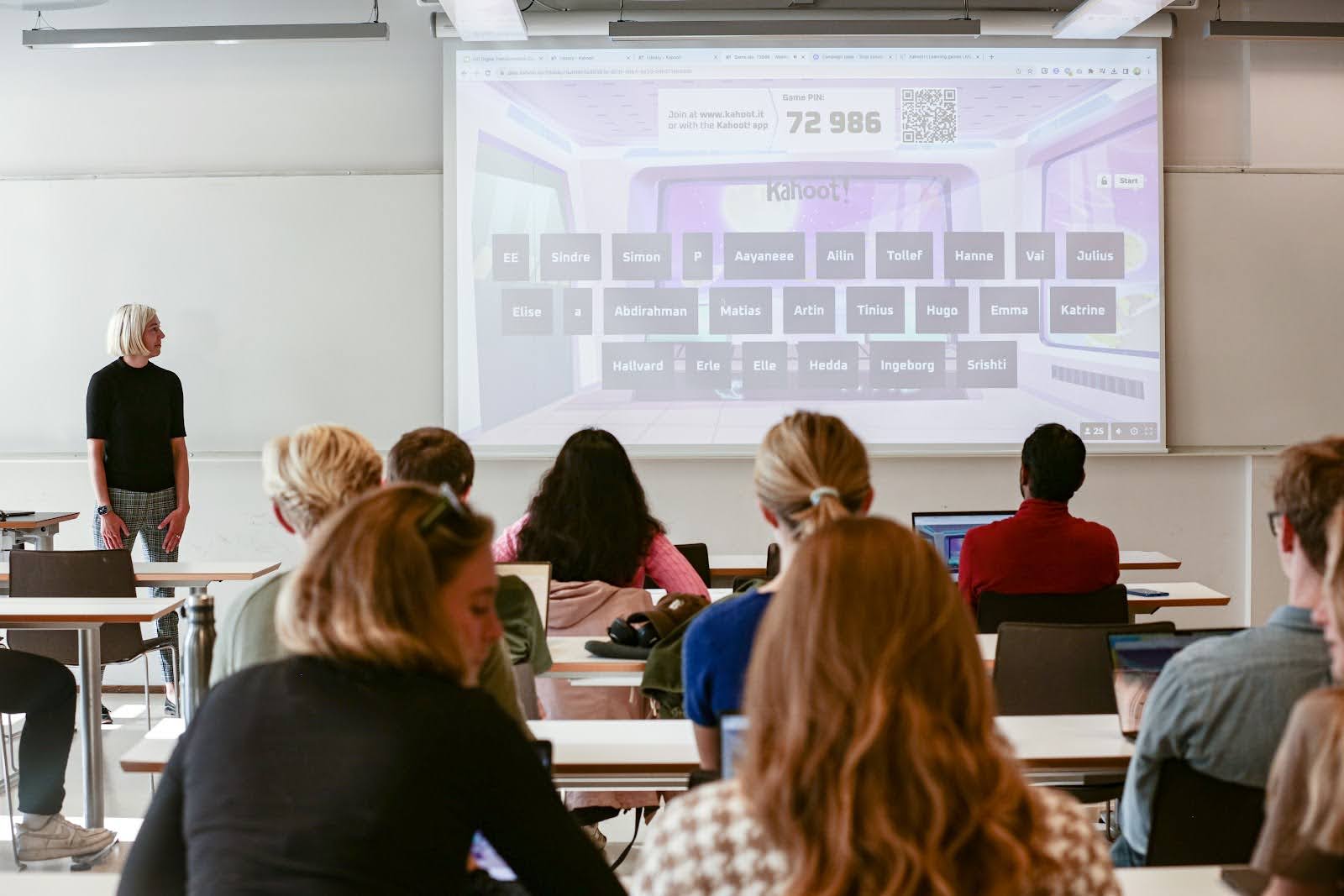Effective formative assessment is the cornerstone of pedagogical success, guiding both the teaching and learning processes. To provide concrete evidence on technology integration, a five year longitudinal study, published in Education and Information Technologies (2024), followed more than 1,000 engineering students to evaluate the impact of using Kahoot! as a weekly formative assessment tool. The results validate what educators have long observed: consistency is the key to lasting academic success.

Consistent Kahoot! use drives attendance and learning retention
The study examined a structured 14-week learning approach where professors used Kahoot! for formative assessment at the start of each class, posing 3-4 questions reviewing the previous week’s material. This consistent integration created a rhythm of engagement that supported both attendance and knowledge retention.
Key features of this approach included:
- Strategic timing and preparation: Weekly kahoots motivated students to review notes and arrive on time, reinforcing a continuous learning cycle.
- Immediate feedback loop: Teachers used results to identify misconceptions and address them in a real time before introducing new material.
- Motivational scoring: The Kahoot! scores contributed up to +10% toward students’ final grades, providing a clear incentive for ongoing participation.
This framework didn’t just make learning more engaging; it embedded assessment into the teaching process itself, helping students stay confident and connected with the material.
Validated learning, not just engagement
The research found that the strongest predictor of academic performance was consistency, not speed or competitiveness.
Students who participated regularly and answered more total questions achieved the best results on final exams. In other words, attendance and steady engagement mattered more than how fast students responded.
Interestingly, the study also found:
- Kahoot! performance correlated more strongly with theory exams than with numerical problem-solving exams, likely because the question formats were similar to those in theory exams, emphasizing conceptual understanding.
- Time-based scoring (speed) offered no advantage over accuracy-based metrics when predicting learning outcomes.
These findings confirm that Kahoot!’s educational strength lies in its ability to support formative assessment of theoretical concepts, promoting deep understanding through regular engagement and reflection.
Students call out how Kahoot! supports their study success
Students’ comments reflected a strong appreciation for this approach:
“The Kahoot! tests are very helpful; they help me stay on top of the subject.”
“I like following the lessons with Kahoot; it forces me to understand and study, keeping up-to-date.”
“By doing a Kahoot! test every day at the beginning of the class on the lesson learned, the concepts were assimilated more easily.”
Their feedback reinforces what the data showed: students perceived Kahoot! as a helpful, motivating and effective tool for keeping pace with the course and mastering the material.
Evidence-based impact for educators
Over five academic years, including the pandemic period, this study demonstrated how gamified formative assessment fosters continuous learning behaviors, even in challenging contexts.
The research validated three key outcomes resulting from the regular use of Kahoot!:
- Drives consistent engagement: Students stay more engaged and attended class more often. Consistency was the best predictor for academic success among all the metrics used in the study.
- Validates knowledge acquisition: The students’ consistent participation (based on the number of questions asked on Kahoot!) showed a strong, measurable correlation with final theory exam results with an R2 value around 0.21. This correlation demonstrates that 21% of the variance in theory exam scores can be predicted how consistently students participated in the kahoot games.
- Guides real-time instruction: Instructors gained actionable insights to identify concepts that were not correctly assimilated, allowing them to solve doubts immediately before continuing the lecture.
As the authors conclude, Kahoot! is not just a tool for engagement, but a validated, evidence-based method for sustaining consistent and meaningful learning.
To learn more about Kahoot!’s educational impact, visit our research page for an exploration of Kahoot!’s extensive evidence base.




